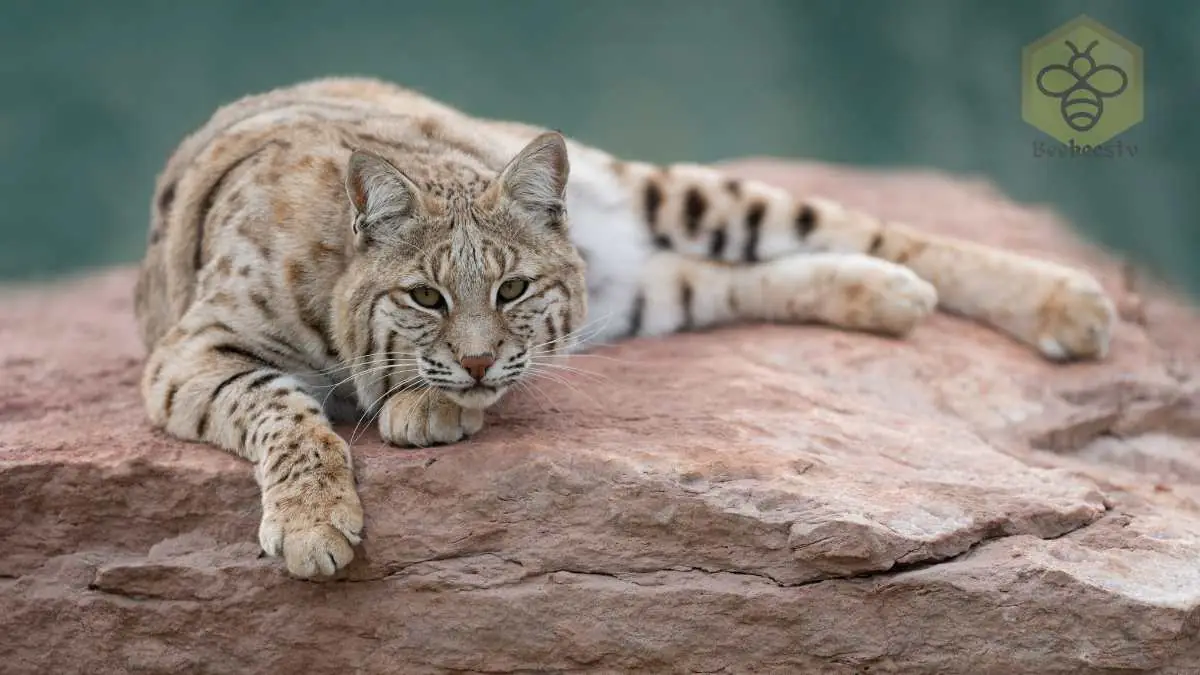Bobcats: The Elusive Predator of North America
Bobcat
Introduction
The bobcat, a stealthy and adaptable wildcat native to North America, is a fascinating predator known for its agility and sharp instincts. Whether roaming deserts, forests, or suburban areas, the bobcat plays an essential role in its ecosystem.
Scientific Overview
Scientific Name
The scientific name of the bobcat is Lynx rufus.
Common Name
It is commonly known as the bobcat, named for its distinctive short, “bobbed” tail.
Scientific Classification
| Kingdom | Animalia |
| Phylum | Chordata |
| Class | Mammalia |
| Order | Carnivora |
| Family | Felidae |
| Genus | Lynx |
| Species | rufus |
Types
There are several subspecies of bobcats, distinguished by their geographic range:
- Eastern Bobcat (L. r. rufus)
- Western Bobcat (L. r. fasciatus)
- Mexican Bobcat (L. r. escuinapae)
- Florida Bobcat (L. r. floridanus)
Habitat and Distribution
Bobcats are widely distributed across North America, from southern Canada to northern Mexico. They thrive in various habitats, including forests, swamps, deserts, and suburban areas. Their adaptability allows them to survive in environments ranging from snowy mountains to arid deserts.
Physical Characteristics
Size and Weight
Bobcats vary in size depending on their geographic location. They typically measure 47 to 125 centimeters (18.5 to 49 inches) in length, with a shoulder height of 30 to 60 centimeters (12 to 24 inches). Their weight ranges from 6.8 to 18.3 kilograms (15 to 40 pounds), with males generally larger than females.
Appearance
Bobcats are medium-sized wildcats with spotted fur, a short tail with a black tip, and tufted ears. Their coat ranges from grayish-brown to reddish-brown, providing excellent camouflage in their natural surroundings.
Diet and Feeding Habits
As obligate carnivores, bobcats primarily feed on small mammals such as rabbits, hares, and rodents. They are opportunistic hunters and prey on birds, reptiles, and even deer when smaller prey is scarce. Their stealth and patience make them highly effective predators.
Predators and Threats
Adult bobcats have few natural predators, though cougars, wolves, and coyotes may occasionally pose a threat. Human activities, including habitat destruction, hunting, and vehicle collisions, are the primary dangers to bobcat populations.
Reproduction, Babies, and Lifespan
Bobcats are solitary animals, except during mating season. Females give birth to 1 to 6 kittens after a gestation period of about 60 to 70 days. Kittens are born blind and remain dependent on their mother for several months. In the wild, bobcats live an average of 7 to 10 years, though some individuals may reach 15 years or more.
Population and Conservation Status
Bobcats are classified as a species of Least Concern by the IUCN due to their stable populations. However, local populations may face pressure from habitat loss and hunting. Conservation efforts focus on protecting their habitats and ensuring sustainable management practices.
Behavior and Lifestyle
Bobcats are crepuscular, meaning they are most active during dawn and dusk. They are solitary and territorial, marking their ranges with scent markings and scratches on trees. Known for their elusive nature, bobcats are rarely seen in the wild despite their widespread presence.
Ecological Role
Bobcats play a vital role in controlling populations of small mammals, and maintaining balance in their ecosystems. Their predation helps regulate prey species, preventing overpopulation and its associated ecological consequences.
FAQs About Bobcats
1. Are bobcats dangerous to humans?
They are generally not a threat to humans. They are shy and prefer to avoid contact, though they may defend themselves if cornered or provoked.
2. How can you tell a bobcat apart from a lynx?
They are smaller and have shorter ear tufts than lynxes. Additionally, their tails have a black top and a white underside, while lynxes have fully black-tipped tails.
3. Do bobcats climb trees?
Yes, they are excellent climbers. They use trees to escape predators, rest, or stalk prey.
4. Can bobcats live in urban areas?
Yes, they can adapt to urban and suburban environments with sufficient food and cover. They are often drawn to areas with abundant small mammals.
5. What sounds do bobcats make?
They produce a range of vocalizations, including growls, hisses, meows, and caterwauls, particularly during mating season.
Conclusion
The bobcat is a remarkable predator that exemplifies adaptability and survival. Despite its elusive nature, it plays an essential role in North America’s ecosystems, balancing prey populations and enriching biodiversity. Protecting their habitats ensures the continued presence of these majestic wildcats in the wild.
